COMMENT OF THE DAY: HOW ABOUT A TRIAL FORGETTING PERIOD FIRST?  “It is really not in play in the ‘tear it down’ vs. ‘leave it there’ debate, but it has always been my considered opinion that that nothing should be named for anyone until 10 years after their death. So many things are named for recently deceased, relatively unimportant politicians these days. Few remember who they are 10 years later. If there is still a hue and cry to memorialize someone ten years after their death, so be it. As stated in a quote attributed to Cato the Elder, “’I would much rather have men ask why I have no statue, than why I have one.’†[Al, commenting on Comment of the Day: Statues of Limitations] Illustration: Lulu
“It is really not in play in the ‘tear it down’ vs. ‘leave it there’ debate, but it has always been my considered opinion that that nothing should be named for anyone until 10 years after their death. So many things are named for recently deceased, relatively unimportant politicians these days. Few remember who they are 10 years later. If there is still a hue and cry to memorialize someone ten years after their death, so be it. As stated in a quote attributed to Cato the Elder, “’I would much rather have men ask why I have no statue, than why I have one.’†[Al, commenting on Comment of the Day: Statues of Limitations] Illustration: Lulu
Tag: Statues
COMMENT OF THE DAY: STATUES OF LIMITATIONS 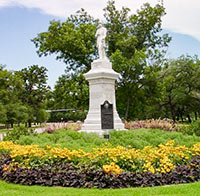 “There’s a theory that says the important thing the person is known/celebrated for should determine whether a statue stays or goes (i.e., “describe this person in 50 words or lessâ€). George Washington is not known for fighting a war with his own country-people to own slaves, but as a founding member of our country. Though he was a slave owner, it was the practice at the time. Contrast with the Confederate leaders, who rose to prominence as fighters for a practice that was known to be evil. If there are Confederate leaders who are also known for something that is to be celebrated (such as putting Lee in front of an orphanage he founded), then there’s a strong argument for keeping that statue. Otherwise it’s merely Lost Cause glorification, which isn’t historically accurate, and with most of these statues, completely out of context (e.g., middle of a park, usually reserved for someone who deserves high praise).” [travelguy, commenting on The Great Texas Confederate Statue Roundup] Photo of monument to Confederate Lieutenant, Houston saloon owner, and gas-lighting and firefighting pioneer Dick Dowling in Hermann Park: Edward T. Cotham, Jr.
“There’s a theory that says the important thing the person is known/celebrated for should determine whether a statue stays or goes (i.e., “describe this person in 50 words or lessâ€). George Washington is not known for fighting a war with his own country-people to own slaves, but as a founding member of our country. Though he was a slave owner, it was the practice at the time. Contrast with the Confederate leaders, who rose to prominence as fighters for a practice that was known to be evil. If there are Confederate leaders who are also known for something that is to be celebrated (such as putting Lee in front of an orphanage he founded), then there’s a strong argument for keeping that statue. Otherwise it’s merely Lost Cause glorification, which isn’t historically accurate, and with most of these statues, completely out of context (e.g., middle of a park, usually reserved for someone who deserves high praise).” [travelguy, commenting on The Great Texas Confederate Statue Roundup] Photo of monument to Confederate Lieutenant, Houston saloon owner, and gas-lighting and firefighting pioneer Dick Dowling in Hermann Park: Edward T. Cotham, Jr.
A SOUTHAMPTON BLOWUP OVER THE STATUE OF DICK DOWLING IN HERMANN PARK 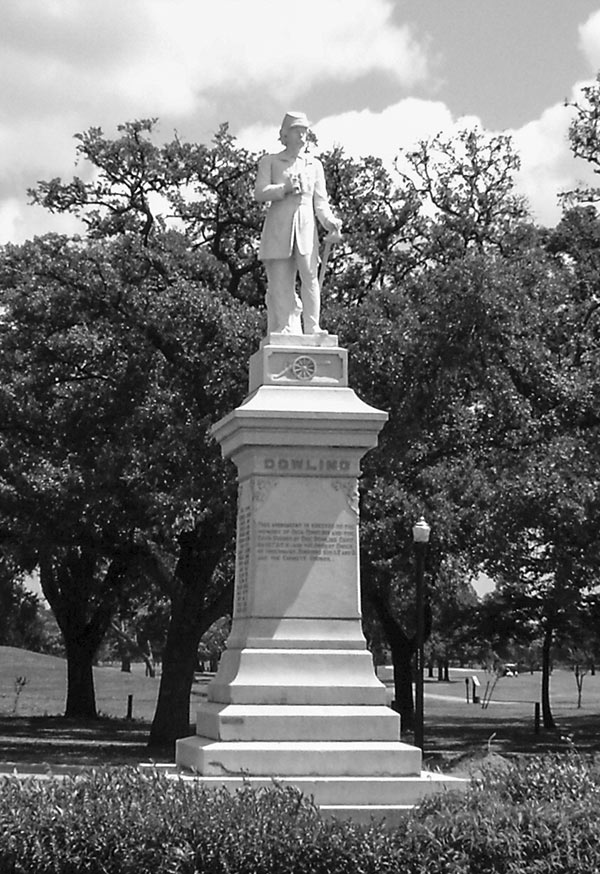 For the second time in 5 years, FBI and ATF officials on Sunday raided the house at 2025 Albans St. in search of explosives. Both ventures resulted in the arrest of one of its residents, now-25-year-old Andrew Cecil Earhart Schneck. Schneck, who was released from probation last year, had pled guilty in federal court 2 years earlier for knowingly storing explosives in the 2013 incident. He was arrested again this past Saturday night after a Houston park ranger reportedly found him kneeling in the bushes with tubes of nitroglycerin and the explosive HMTD, a timer, wires, a battery, and a detonator in front of the Carrara marble statue of Confederate commander and Houston saloon owner Richard Dowling. The statue was the first public artwork ever created by the city of Houston, and originally stood in Market Square outside of city hall when it was created in 1905. Albans St. and the alley to the south of it between Hazard and Wilton streets in Southampton have been under evacuation orders since Sunday, and gas service to the area has been turned off; law enforcement officials say they are working to “safely and properly dispose of” hazardous materials found inside the home “through a series of controlled detonations” — that may take place this afternoon. Nearby residents should expect to hear loud noises and smoke as a result of the detonations, they warn; there’s also a possibility of damage to adjacent properties. [Houston Chronicle] Photo of Richard Dowling statue at Hermann Park: Patrick Feller [license]
For the second time in 5 years, FBI and ATF officials on Sunday raided the house at 2025 Albans St. in search of explosives. Both ventures resulted in the arrest of one of its residents, now-25-year-old Andrew Cecil Earhart Schneck. Schneck, who was released from probation last year, had pled guilty in federal court 2 years earlier for knowingly storing explosives in the 2013 incident. He was arrested again this past Saturday night after a Houston park ranger reportedly found him kneeling in the bushes with tubes of nitroglycerin and the explosive HMTD, a timer, wires, a battery, and a detonator in front of the Carrara marble statue of Confederate commander and Houston saloon owner Richard Dowling. The statue was the first public artwork ever created by the city of Houston, and originally stood in Market Square outside of city hall when it was created in 1905. Albans St. and the alley to the south of it between Hazard and Wilton streets in Southampton have been under evacuation orders since Sunday, and gas service to the area has been turned off; law enforcement officials say they are working to “safely and properly dispose of” hazardous materials found inside the home “through a series of controlled detonations” — that may take place this afternoon. Nearby residents should expect to hear loud noises and smoke as a result of the detonations, they warn; there’s also a possibility of damage to adjacent properties. [Houston Chronicle] Photo of Richard Dowling statue at Hermann Park: Patrick Feller [license]
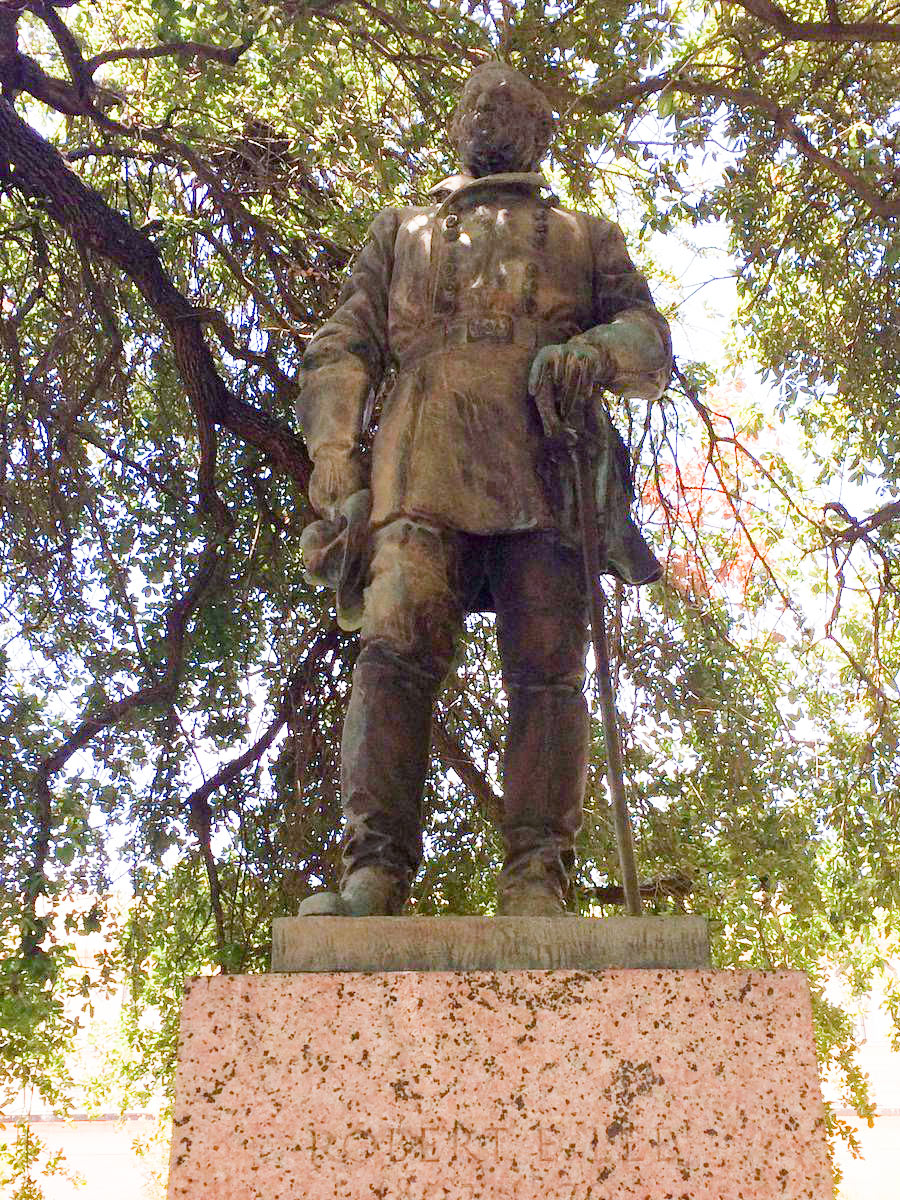
Events that took place overnight at the University of Texas in Austin may have repercussions for Houston: Workers under cover of darkness removed 2 statues of Confederate generals and one of a Confederate government official from prominent display on campus. University president Gregory Fenves announced that the bronze statues would be relocated to the university’s Briscoe Center for American History — after events in Charlottesville last weekend made it “clear, now more than ever, that Confederate monuments have become symbols of modern white supremacy and neo-Nazism.â€
The statues depicted Confederate generals Robert E. Lee and Albert Sidney Johnston and Confederate postmaster John H. Reagan. A fourth statue, of former Texas governor “Big Jim” Hogg — also known as dad to the developers of River Oaks and to Houston matriarch Ima Hogg — was also taken down, according to a university spokesperson only because it was part of the set (2 years ago, a likeness of former U.S. president Woodrow Wilson that was symmetrical with another statue moved to the Briscoe Center, that of former Confederate president Jefferson Davis, was taken from the main mall and put in storage.) According to reports, the sole remaining statue on either the UT main or south mall depicts George Washington.
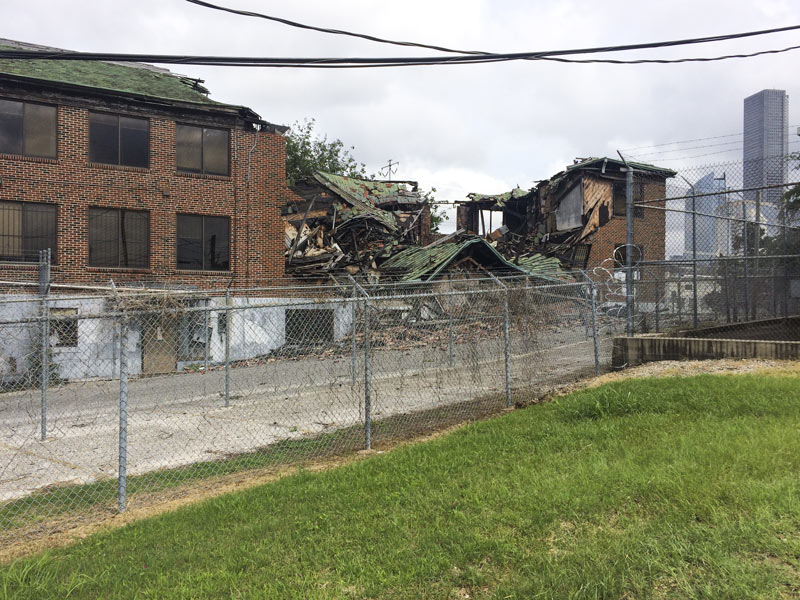
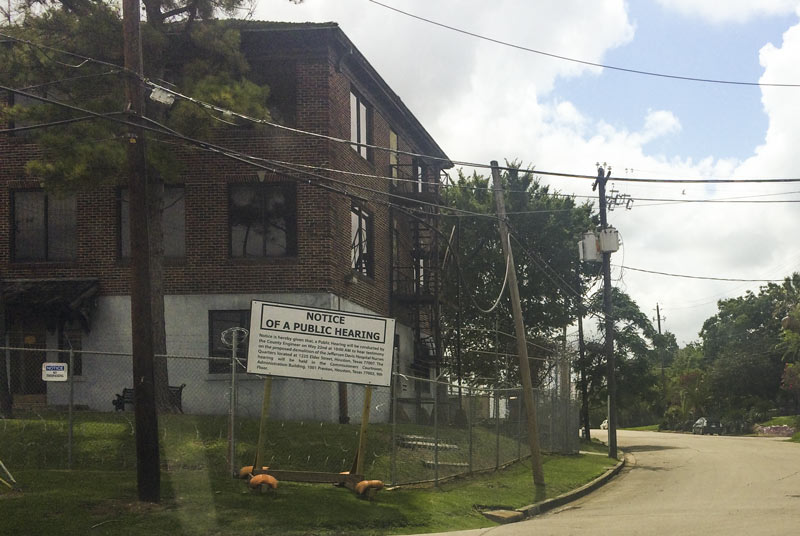
The partially ruined former Jefferson Davis Hospital nurses quarters at 1225 Elder St. — until very recently in the running for a spot on the National Register of Historic Places — was recommended for demolition at last week’s Harris County Commissioner’s Court meeting following a public hearing the day before. The building, tucked west of the elevated freeway tangle where I-45 splits from I-10 near Downtown, would have joined the nextdoor former Jefferson Davis Hospital itself on the historic registry — instead, it looks like the structure will finally meet meet the ‘dozers after its long slow decline, accelerated by damage from a fire in 2013 that lead to last year’s semi-collapse.
Next door, the 4-story hospital structure (built in 1924, and replaced by 1938 with another Jefferson Davis Hospital where the Federal Reserve building now stands on Allen Pkwy.) cycled through various modes of use and disuse until its early 2000’s restoration into the Elder Street Artist Lofts, which serve as low-rent apartments and studios for artsy types. That redevelopment, of course, involved carefully digging around the dozens of unmarked graves turned up on the surrounding land, which beginning in 1840 had served as the second city cemetery (and as the final resting place for a hodgepodge likely including  Confederate soldiers, former slaves, victims of the 1860s yellow fever epidemics, people who died in duels, Masons, and a variety of others). The hospital’s name is still carved above the lofts’ entrance:
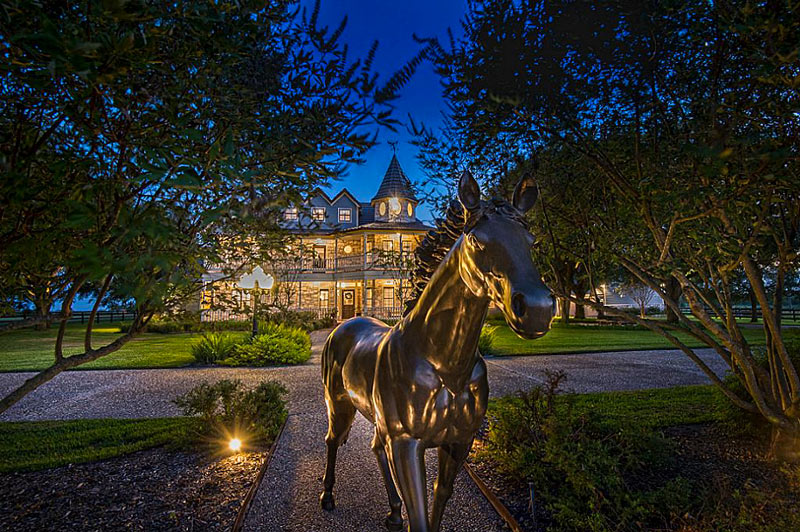
- 5900 Highway 290 [HAR]

